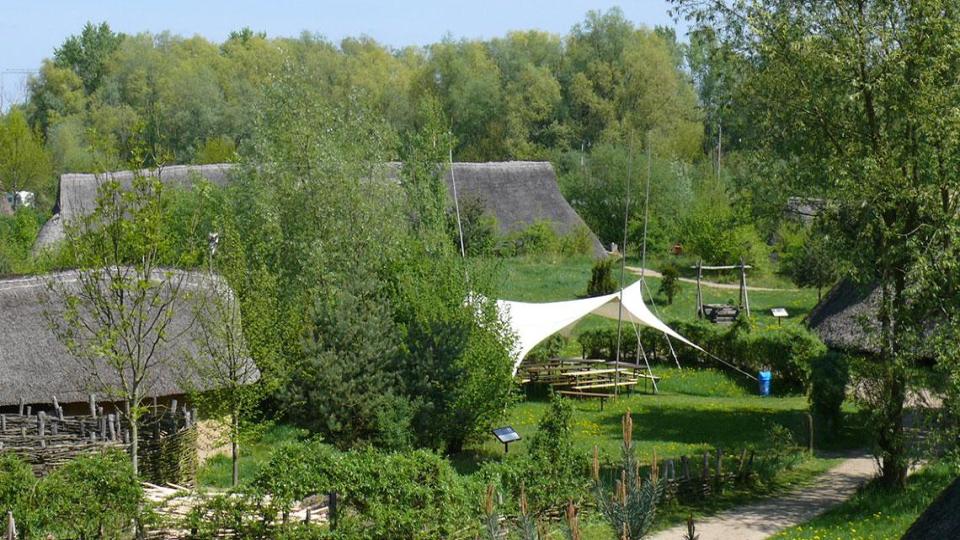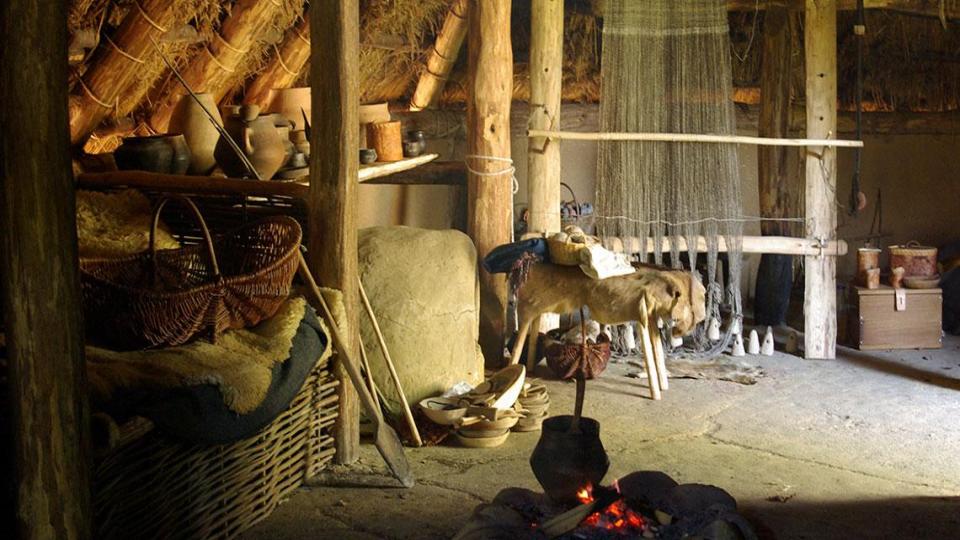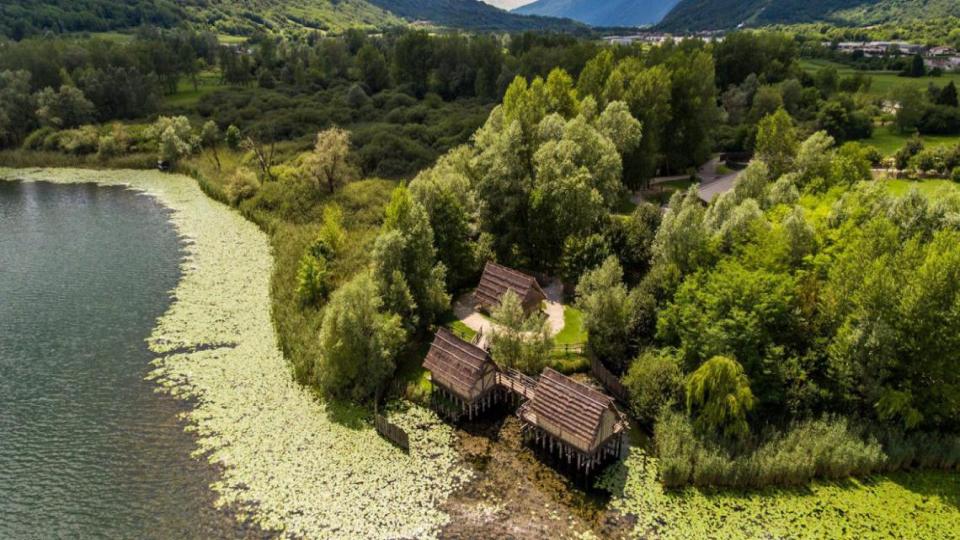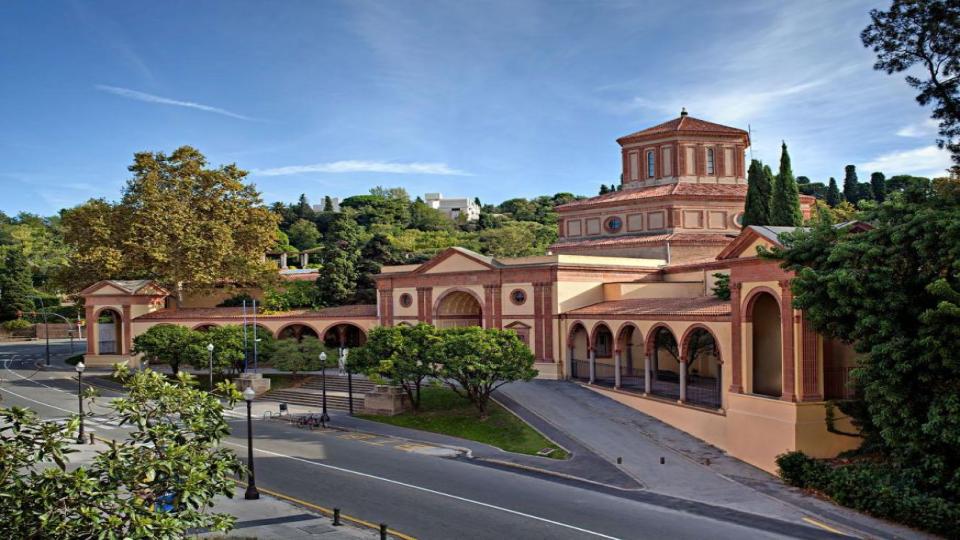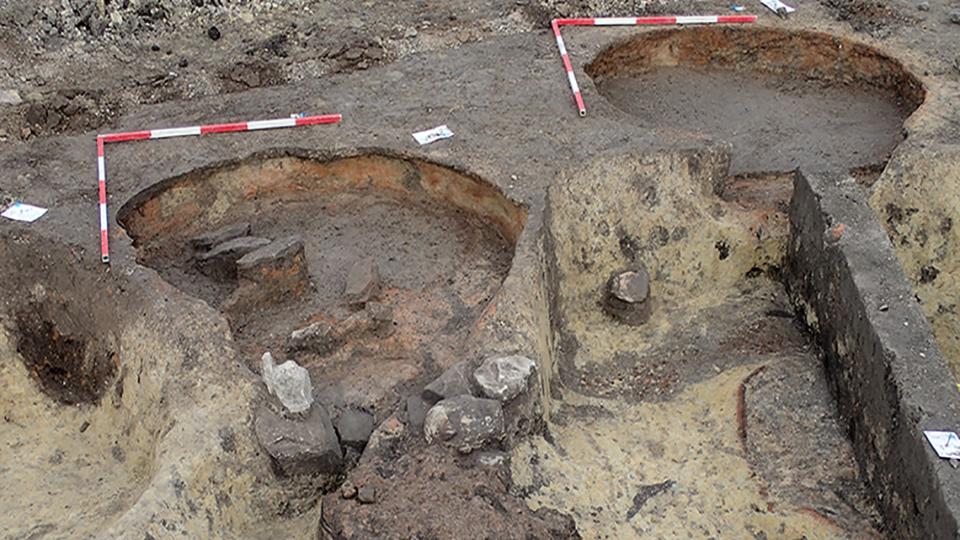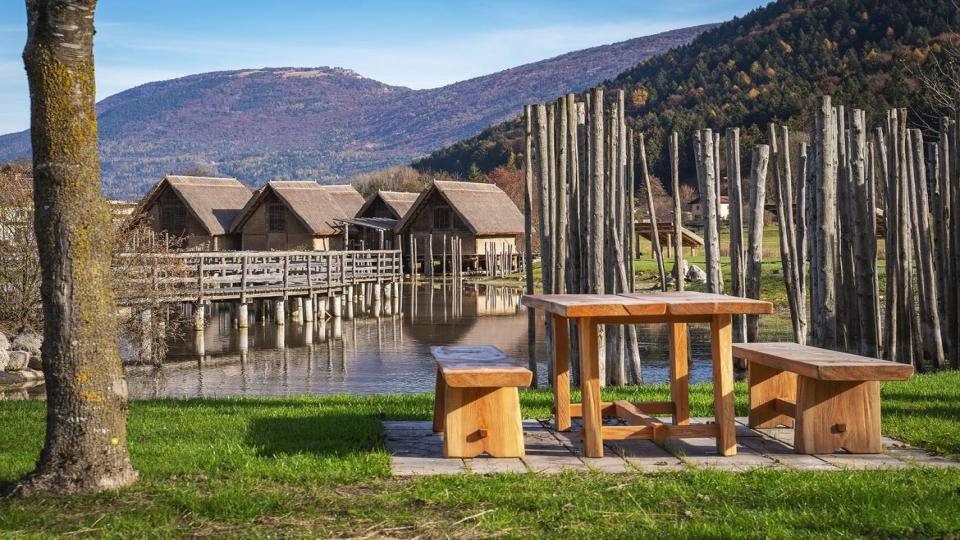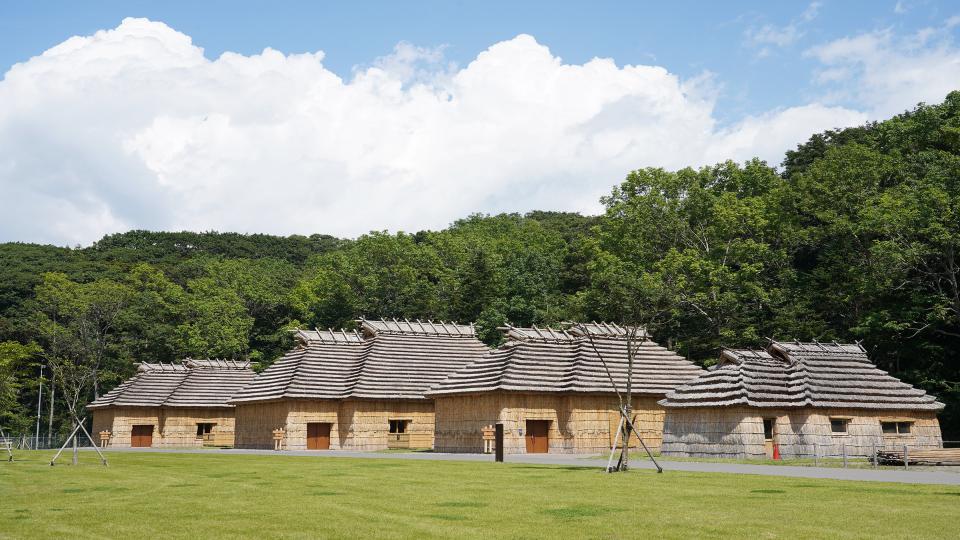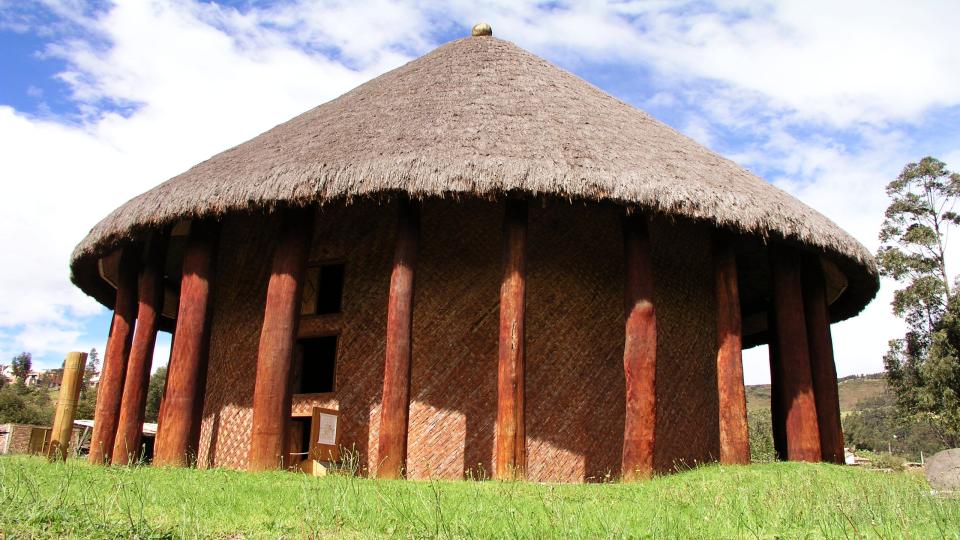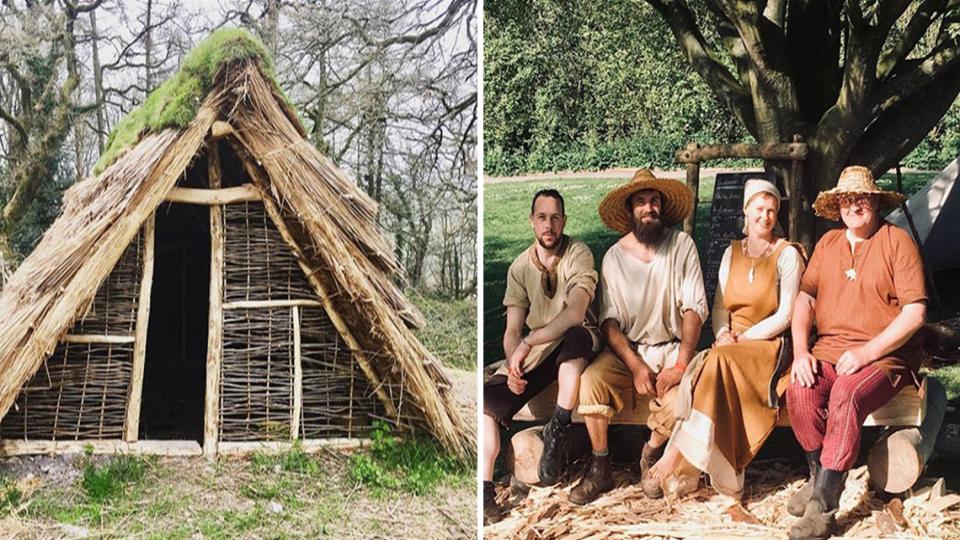Bronze Age
Archäologisches Zentrum Hitzacker (DE)
About 90 kilometers southeast of Hamburg, at the B216 between Lüneburg and Dannenberg, the small village of Hitzacker is situated on the west bank of the Elbe. For decades, this river was dividing between East and West Germany. The river bank here is an archaeological reservation, with many remains from the Bronze Age.
Bronzezeithof Uelsen (DE)
Since 2005, a Bronze Age Farm under (re-)construction as a place for educational and experimental archaeology. The project started as an initiative of the community of Uelsen, which financed roughly half of the amount required (ca. 90.000 Euros) for the building of the central house. The other half came from the EU (Euregio).
Archeon (NL)
After 15 years of preparation, 1994 the first Dutch archaeological theme park opened in Alphen aan den Rijn, not far from The Hague, Utrecht and Amsterdam, an area which houses 6 million inhabitants. Archeon covers 10,000 years of human development in the Netherlands. From hunter-gatherers in the Stone Age and farmers in the Bronze and Iron Ages, through the Roman period and right up to everyday life in 1340 AD, “Archaeo-interpreters” show what life was like in “their time” in the 43 reconstructed buildings
Parco Archeologico Didattico del Livelet (IT)
Parco Archeologico didattico del Livelet is an open-air museum based on the western shore of Lago lake, in the municipality of Revine Lago, province of Treviso. The area is located in a glacial valley at the foothills of the Pre-Alps (225m a.s.l.), surrounded by a rich naturalistic environment, Site of Community Importance (S.I.C.) for Natura 2000 and included in the recent naturalistic park “Parco dei Laghi della Vallata”.
Museu d’Arqueologia de Catalunya (ES)
The Museu d’Arqueologia de Catalunya (MAC) is an essential national museum facility where history comes to life and time becomes a fascinating adventure. The museum integrates five archaeological centres that can be visited throughout the country: in Barcelona, Girona, Empúries, Olèrdola and Ullastret, Cultural asset of national interest (BCIN). In addition, the MAC also manages the Centre for Underwater Archaeology of Catalonia (CASC), based in Girona, the National Archaeological Repositories, located in Cervera, and the "Iberia Graeca" Research Centre, based in L'Escala. In 2009 the museum also promoted the creation of the Network of Museums and Sites of Catalonia, the Arqueoxarxa, which currently brings together twelve archaeological museums from all over the country.
Magyar Nemzeti Múzeum - Nemzeti Régészeti Intézet (HU)
The Hungarian National Museum was founded in 1802 and is the national museum for the history, art and archaeology of Hungary. It’s collections, exhibitions and affiliates present an overall view of the archaeology and history of the country.
Parco Archeo Natura di Fiavé
The parco delle palafitte is nearly complete now, opening in June 2021: a journey into prehistory between archaeology and nature, discovering a UNESCO world heritage site, preserved in the Fiavé torbiera.
Upopoy (National Ainu Museum and Park) (JP)
As a national center for learning about and promoting Ainu history and culture, Upopoy (National Ainu Museum and Park) (ウポポイ(民族共生象徴空間)) enables people of all nationalities and ages to learn about the Ainu’s worldview and respect for nature. It also acts as a symbol of a society based on mutual respect and coexistence, passing on and sharing various aspects of Ainu culture, which has developed over many years and is influenced by the surrounding nature.
Museo Arqueológico - Eliécer Silva Celis (CO)
The reconstruction of the Templo del Sol (Temple of the Sun) by the archeologist Eliécer Silva Celis gave birth to the Museo Arqueologico de Sogamoso, Colombia, in 1952. The area where it is located, in the Cundiboyacense plateau, was identified as ancient Muisca territory, after the discovery of four necropolis hosting four hundred bodies wrapped in funerary attire and surrounded by diverse artefacts and instruments.
Newhaven Coppice (UK)
Newhaven Coppice provides a space for craftspeople, volunteers, archaeologists and members of the public to discover more about the lives of people from our shared past.

